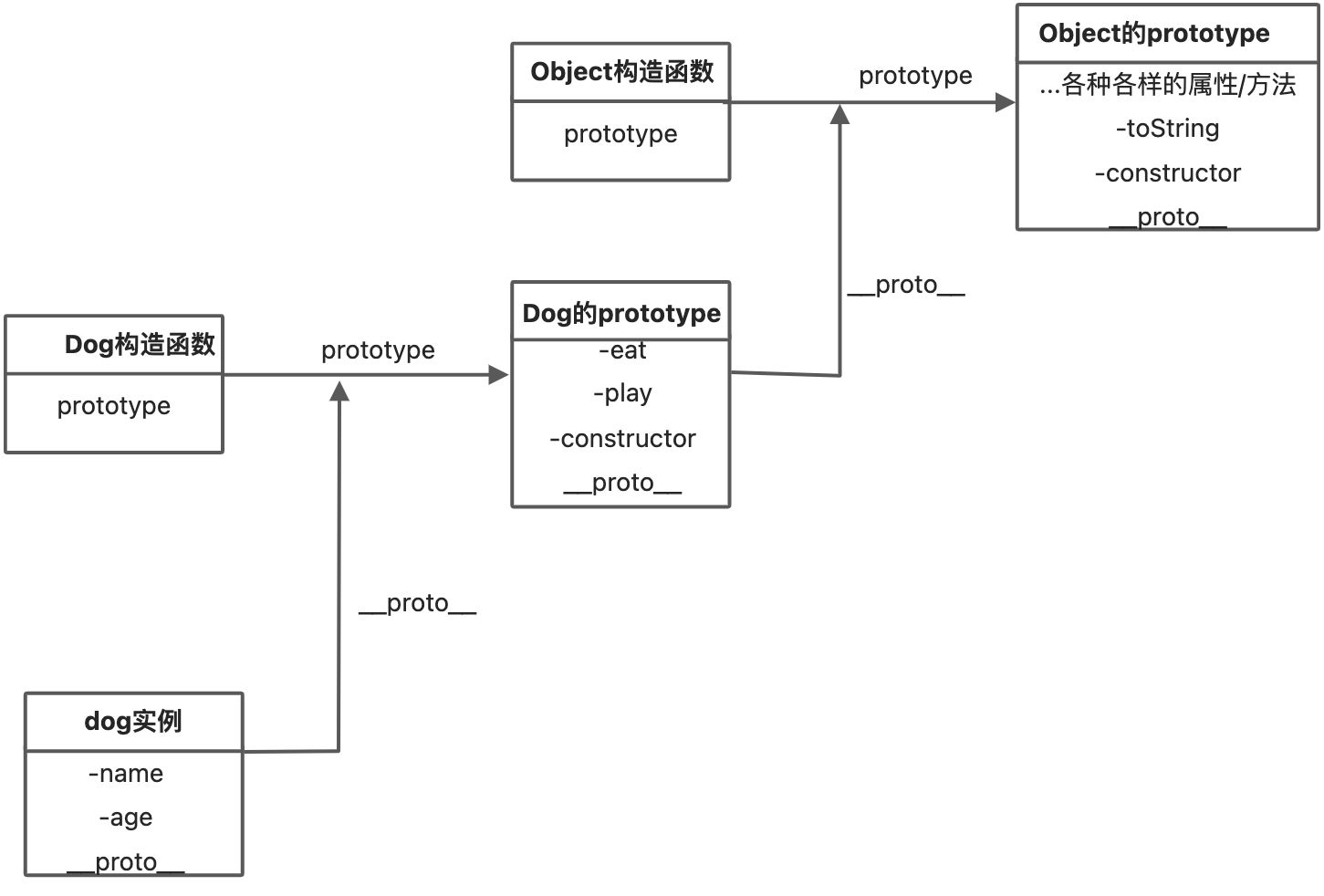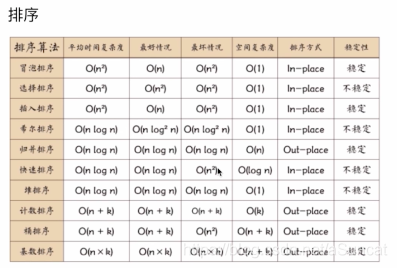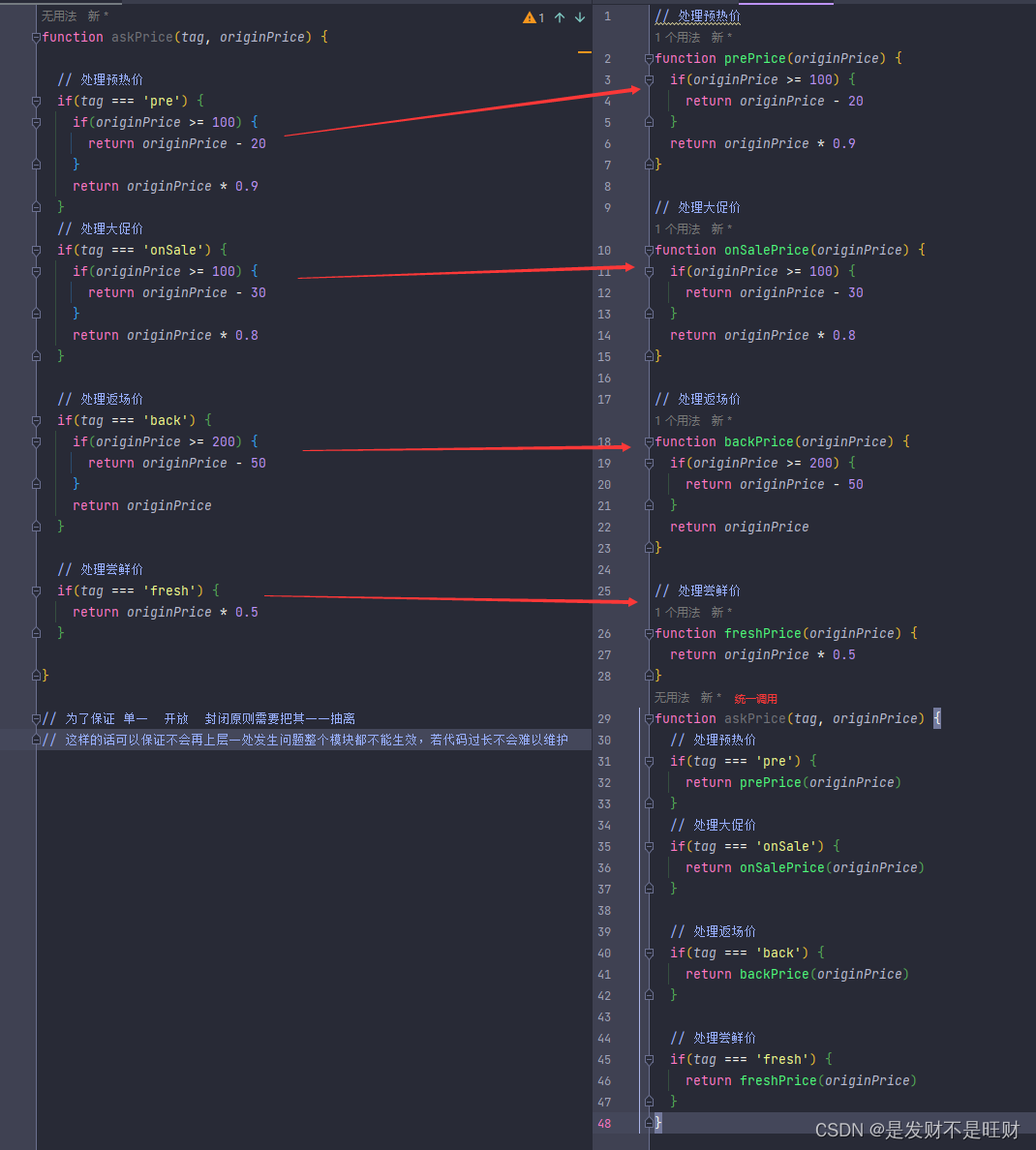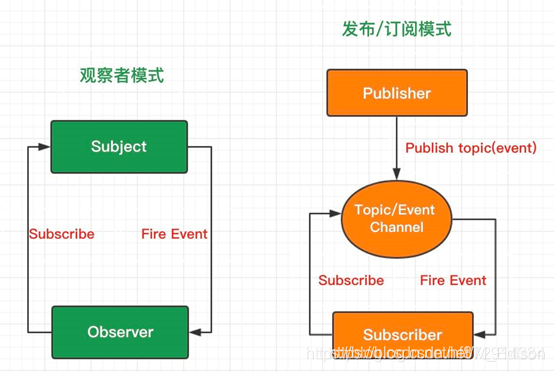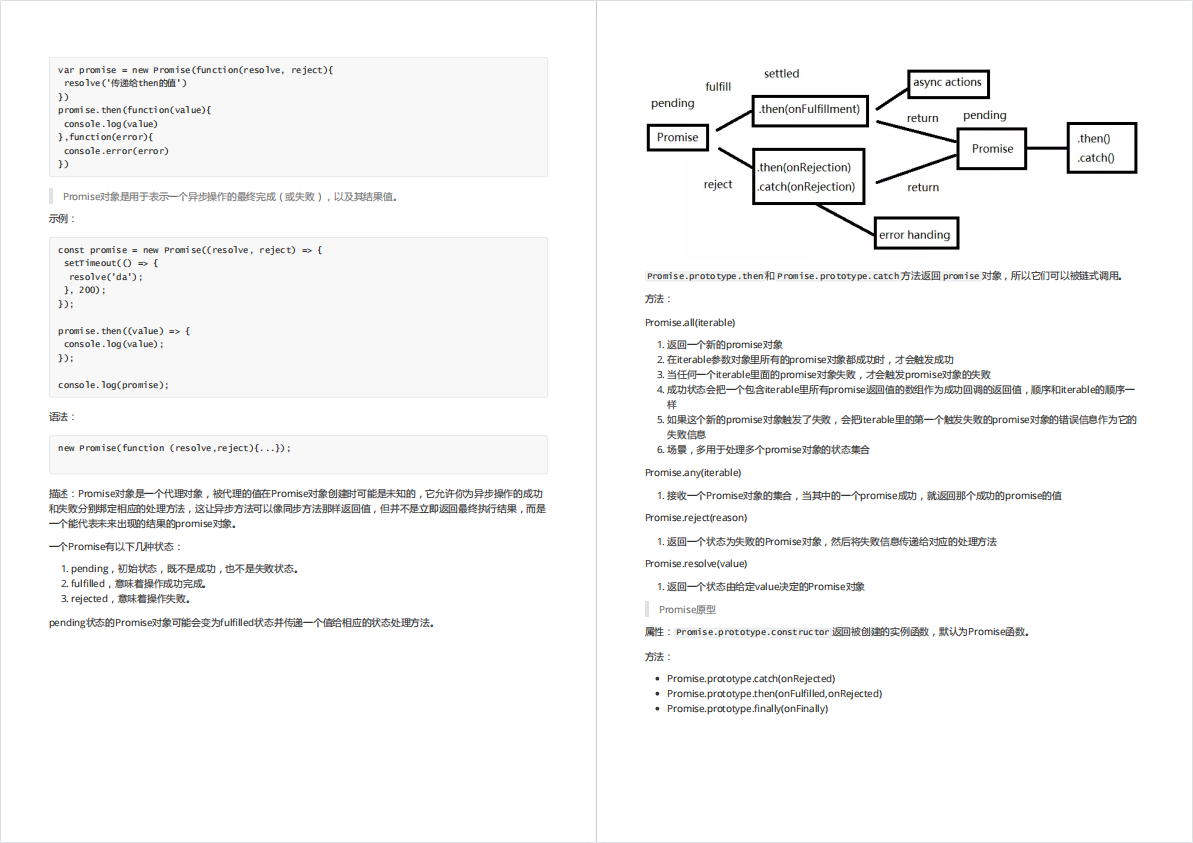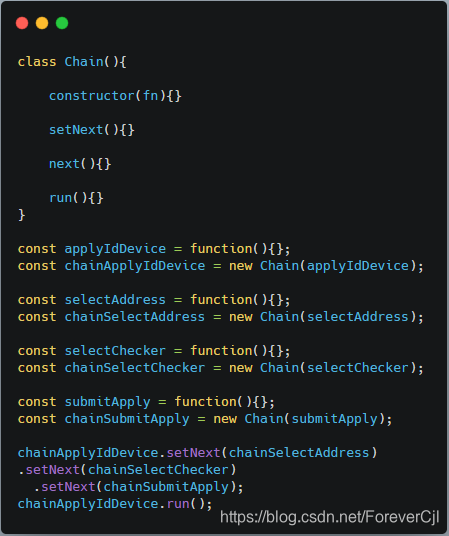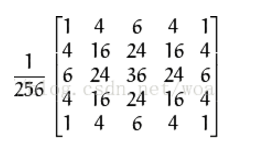前端设计模式应用
什么是设计模式
软件设计中常见问题的解决方案模型:
- 历史经验的总结
- 与特定语言无关
设计模式背景
- 模式语言:城镇、建筑、建造 (A Pattern Language:Towns, Buildings,Construction)1977
- 设计模式:可复用面向对象软件的基础 (Design Patterns: Elements of
ReusableObject-Oriented Software)1994
设计模式趋势

设计模式分类
23种设计模式
- 创建型-如何创建一个对象
- 结构型-如何灵活的将对象组装成较大的结构
- 行为型-负责对象间的高效通信和职责划分
浏览器中的设计模式
单例模式
定义:
全局唯一访问对象
应用场景:
缓存, 全局状态管理等。
单例模式请求缓存
//定义api,500m后返回
import { api } from”./utils" ;export cLass Requset {//定义请求实例static instance: Requset;//定义缓存private cache: Recordestring, string>;constructor() {//初始化缓存内容this.cache = {};}static getInstance() {if ( this. instance) {return this. instance;}this. instance = new Requset();return this. instance;}pubLic async request(url: string) { if (this . cache[urU]){ return this . cache[urL];}const response = await api(urL); this . cache[urL] = response;return response;}
}
test("should response more than 500ms with class", async () = {const request = Requset. getInstance();const startTime = Date . now();await request . request(" /user/1");const endTime = Date. now();const costTime = endTime - startTime;expect ( costTime) . toBeGreaterThanOrEquaL(500);
});test("should response quickly second time with class", async () = {const request1 = Requset . getInstance();await request1 . request(" /user/1");const startTime = Date now();const request2 = Requset . getInstance();await request2 . request(" /user/1");const endTime = Date . now();const costTime = endTime - startTime;expect ( costTime) . toBeLessThan(50);
});
import { api } from "./utils";const cache: Record<string, string> = {};export const request = async (urT: string) →{if (cache[urL]) {return cache[urL];}const response = await api(urL);cache[urL] = response;return response;
}; test(" should response quickly second time", async 0) = { await request(" /user/1");const startTime = Date. now() ;await request(" /user/1");const endTime = Date. now() ;const costTime = endTime - startTime;expect (costTime) . toBeLessThan(50) ;
});
发布订阅模式
定义:
一种订阅机制, 可在被订阅对象发生变化 时通知订阅者。
应用场景:
从系统架构之间的解耦,到业务中一-些实 现模式,像邮件订阅,上线订阅等等,应用广泛。
type Notify = (user: User) => void;export class User {name: string;status: "offline" | "online";// user 订阅自己的人,notify 上线时的通知函数followers: { user: User; notify: Notify }[];constructor(name: string) {this.name = name;this.status = "offline";this.followers = [];}// 订阅参数中的 usersubscribe(user: User, notify: Notify) {user.followers.push({ user, notify });}// 上线online() {// 状态改为 onlinethis.status = "online";// 通知所有订阅自己的人this.followers.forEach(({ notify }) => {notify(this);});}
}
test("should notify followers when user is online for multiple users", () => {// 创建三个用户const user1 = new User("user1");const user2 = new User("user2");const user3 = new User("user3");// 通知 user1 和 user2 的函数const mockNotifyUser1 = jest.fn();const mockNotifyUser2 = jest.fn();// user1 订阅了 user3 的上线,传入通知 user1 的函数user1.subscribe(user3, mockNotifyUser1);user2.subscribe(user3, mockNotifyUser2);// user3 上线user3.online();// user3 会调用通知 user1 的函数expect(mockNotifyUser1).toBeCalledWith(user3);expect(mockNotifyUser2).toBeCalledWith(user3);
});
Javascript中的设计模式
原型模式
定义 :
复制已有对象来创建新的对象
应用场景 :
JS中对象创建的基本模式
用原型模式创建上线订阅中的用户
const baseUser: User = {name: "",status: "offline",followers: [],subscribe(user, notify) {user.followers.push({ user, notify });},online() {this.status = "online";this.followers.forEach(({ notify }) => {notify(this);});},
};export const createUser = (name: string) => {// Object.create(obj) 会根据已有的对象返回一个新的对象// baseUser 是原型,与新创建的对象是继承关系const user: User = Object.create(baseUser);user.name = name;user.followers = [];return user;
};
test("should notify followers when user is online for multiple users", () => {const user1 = createUser("user1");const user2 = createUser("user2");const user3 = createUser("user3");const mockNotifyUser1 = jest.fn();const mockNotifyUser2 = jest.fn();user1.subscribe(user3, mockNotifyUser1);user2.subscribe(user3, mockNotifyUser2);user3.online();expect(mockNotifyUser1).toBeCalledWith(user3);expect(mockNotifyUser2).toBeCalledWith(user3);
});
代理模式
定义:
可以自定义控制对原对象的访问方式,并且允许在更新后做一些额外处理
应用场景:
监控,代理工具,前端框架实现
用代理模式实现用户状态订阅
type Notify = (user: User) => void;export class User {name: string;status: "offline" | "online";followers: { user: User; notify: Notify }[];constructor(name: string) {this.name = name;this.status = "offline"; this.followers = [];}subscribe(user: User, notify: Notify) {user.followers.push({ user, notify });}// 添加新功能时,代码不好维护// online() {// this.status = "online";// this.followers.forEach(({ notify }) => {// notify(this);// });// }// online 只做上线一件事情,单一职责原则online() {this.status = 'online'}
}// 实现通知
export const createProxyUser = (name: string) => {const user = new User(name);// 使用 new Proxy() 实现代理const proxyUser = new Proxy(user, {set: (target, prop: keyof User, value) => {target[prop] = value;if (prop === "status") {notifyStatusHandlers(target, value);}return true;},});const notifyStatusHandlers = (user: User, status: "online" | "offline") => {if (status === "online") {user.followers.forEach(({ notify }) => {notify(user);});}};return proxyUser;
};
迭代器模式
定义:
在不暴露数据类型的情况下访问集合的数据
应用场景:
数据结构中有多种数据类型,列表,树等,提供通用的操作接口
用 for of 迭代所有组件
// 浏览器中的 DOM 结构
class MyDomElement {tag: string;children: MyDomElement[];constructor(tag: string) {this.tag = tag;this.children = [];}addChildren(component: MyDomElement) {this.children.push(component);}// 使组件可迭代[Symbol.iterator]() {const list = [...this.children];let node;return {// for...of 迭代时调用的函数next: () => {while ((node = list.shift())) {// 层序遍历node.children.length > 0 && list.push(...node.children);// value 是迭代出的值,done 是指迭代是否完成return { value: node, done: false };}return { value: null, done: true };},};}
}
test("can iterate root element", () => {const body = new MyDomElement("body");const header = new MyDomElement("header");const main = new MyDomElement("main");const banner = new MyDomElement("banner");const content = new MyDomElement("content");const footer = new MyDomElement("footer");body.addChildren(header);body.addChildren(main);body.addChildren(footer);main.addChildren(banner);main.addChildren(content);const expectTags: string[] = [];for (const element of body) {if (element) {expectTags.push(element.tag);}}expect(expectTags.length).toBe(5);
});
前端框架中的设计模式
Vue 组件实现计数器
<template><button @click="count++">count is: {{ count }}</button>
</template><script setup lang="ts">
import { ref } from "vue ";
const count = ref(0);
</script>
没有框架之前,我们通过监听 click 事件,通过 innerText 手动改变 DOM 的属性。前端框架对 DOM 操作进行代理,模板中的 DOM 都是 Proxy 代理后的虚拟 DOM,我们的操作的 DOM 是虚拟 DOM,之后通过 Diff 对视图更新。

组合模式
定义:
可多个对象组合使用成为一个单独的对象,也可以单个对象独立使用
应用场景:
DOM,前端组件,文件目录
React 的组件结构
export const Count = () => {const [count, setCount] = useState(0);return (<button onClick={() => setCount((count) => count + 1)} >count is: {count}</button >);
};
function App() {return (<div className="App"><Header /><Count /><Footer /></div>);
}
总结
设计模式不是银弹。
- 总结出抽象的设计模式比较简单,但是套用到场景中却非常困难。
- 现代编程语言的多编程范式能带来更多的可能性。
- 要从真正优秀的开源项目中学习设计模式并不断实现。

